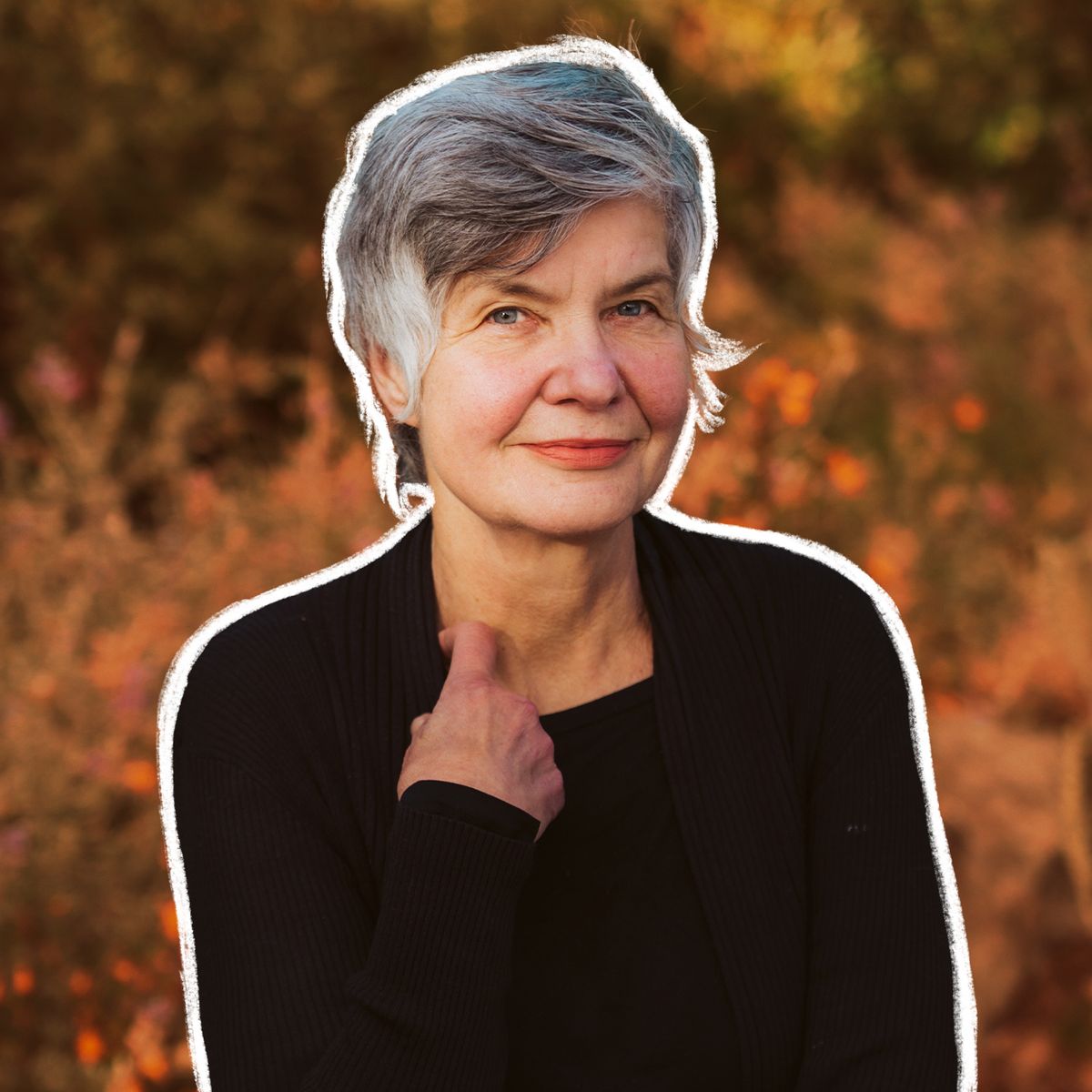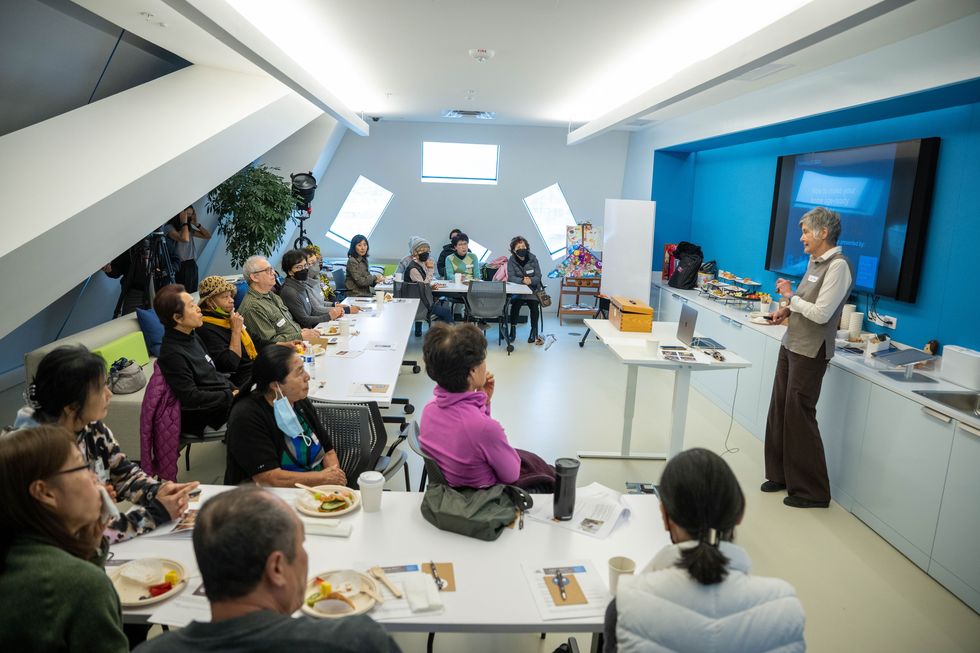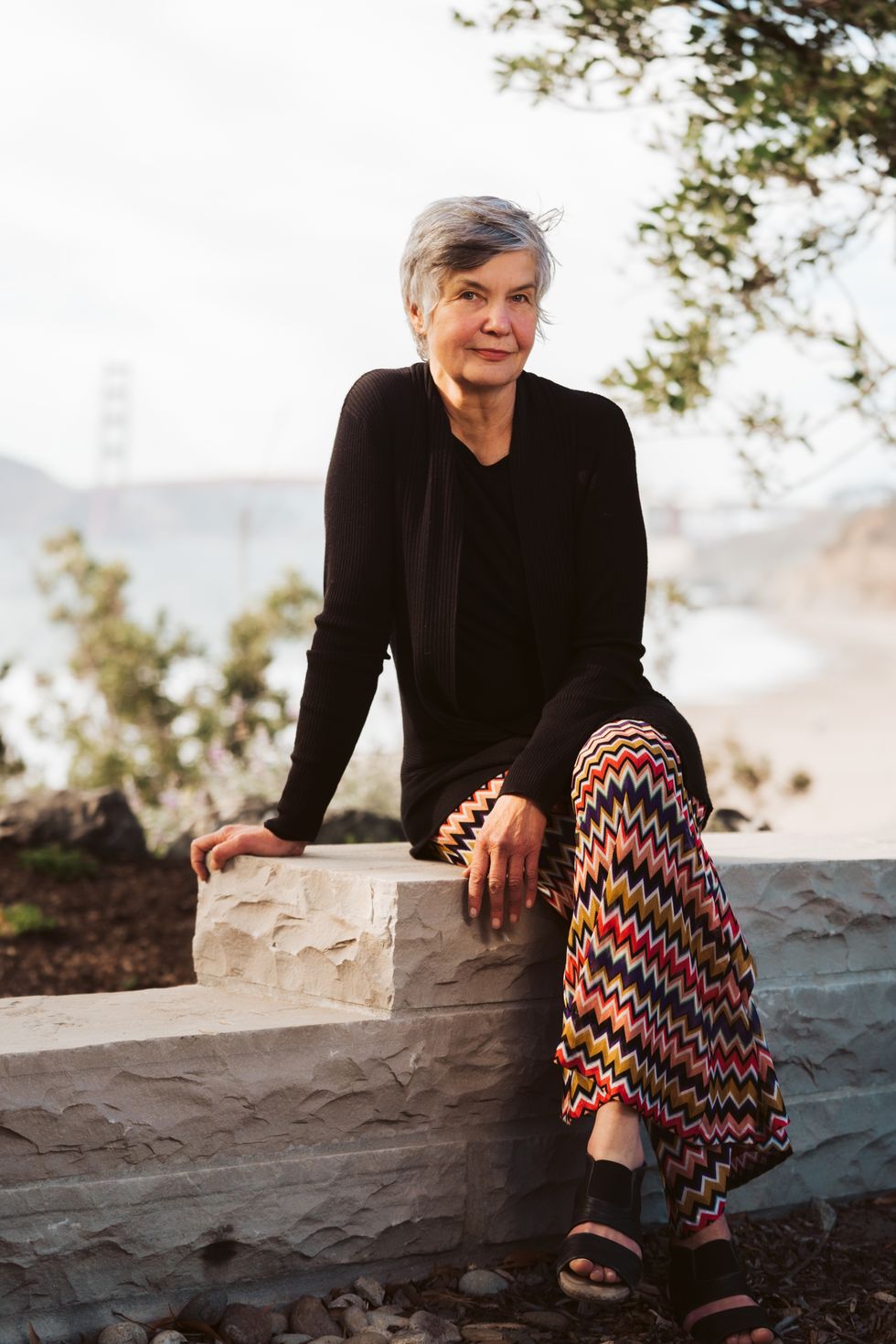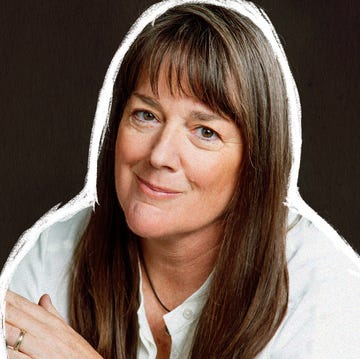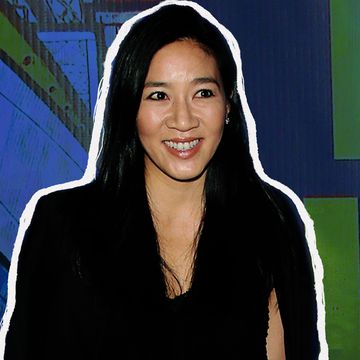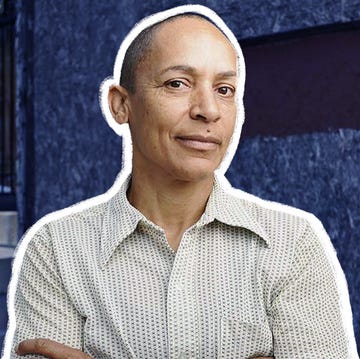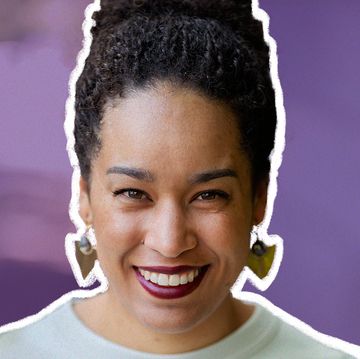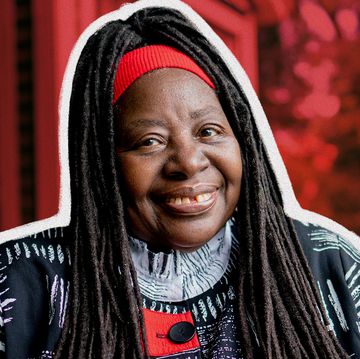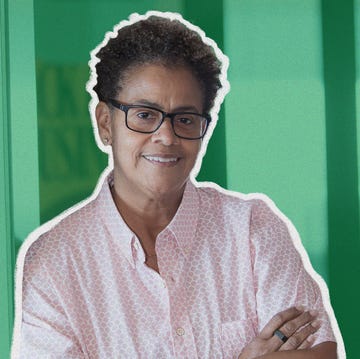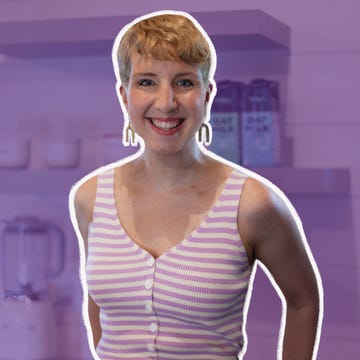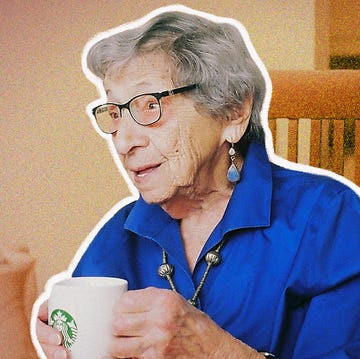In the ongoing Shondaland series Head Turners, we meet interesting women from every facet of life who are crushing it in their careers. From artists and tech mavens to titans of the boardroom, these women are breaking barriers, and they’ll share how you can too.
Aging is a complex, multifaceted crisis. Assisted living and other forms of residential care are astoundingly expensive, and caregiving is a woefully undervalued and poorly paid profession. Seniors who want to age in place at home don’t want to lose the confidence that comes from feeling safe in their own environments, as well as the connections needed for a rich, fulfilling life in later years.
Architect and interior designer Susanne Stadler has made the issue her mission. She discovered this path during her graduate studies at the University of California in Berkeley, where her design studio is still based today. Stadler, who is originally from Austria, homed in on creating private and public-facing communal spaces designed with seniors in mind, most notably the Wallis Annenberg GenSpace located at Wilshire Boulevard Temple in Los Angeles’ densely populated Koreatown neighborhood.
Stadler’s organization, At Home With Growing Older, empowers people to reframe aging and reconsider their environments. Her Aging 360 workshop, which is typically structured as a three-session series online or in person, allows participants to take a close look at their home with long-term use in mind, relying on tools that are accessible and affordable.
At a recent one-day workshop at GenSpace, Stadler listened deeply to the attendees, learning their names, reflecting on comments, and using other sensitive techniques to engage them — and always with an ear for cultural nuances. She understands how feeling heard matters to this wider demographic that all too often is ignored.
Stadler recently spoke with Shondaland about why we need to think differently about housing, what she’s doing to advance the cause, and where she thinks institutions can make the biggest impact.
JESSICA RITZ: How do you suggest families and caretakers begin to have conversations about aging and housing?
SUSANNE STADLER: What I do concerns everybody. I look at age-friendly design or age-friendly homes through a much broader lens. Normally, people just look at safety — and safety is super-boring. Safety is a grab bar in the shower and maybe a ramp. Nobody gets excited about grab bars even though they’re really important.
Put it in [the] context — and this is my first principle of age-friendly design — of connection. How does this keep you connected to yourself and the community if you can take care of yourself if you’re not afraid when you walk into the bathroom? If you feel confident and strong, how does this make you feel?
Also, I emphasize that delight is an important age-friendly principle. This is often completely neglected. So, if I ask you what you like about your home, this kind of conversation is a great way to start. Your body changes, and your senses change.
I see in workshops that people get excited when you ask them what they think. They get engaged in the solution and when they are asked to set priorities. What is your passion? What would you like to continue doing as you grow older? For some people, it’s their garden. For other people, it’s cooking, reading, or watching TV. This personal approach really helps people to take action and motivates them.
JR: What design considerations should seniors have about their spaces?
SS: I always compare aging to an extreme sport. Athletes get the greatest tools, and climbers get the best, lightest, strongest ropes, et cetera. When you look at what older adults get, you wouldn’t want to use a walker which looks decrepit, right?
In general, there’s so little imagination in the aging space in terms of creative and beautiful environments. And I don’t mean — because most people can’t afford this — luxurious environments. I just mean environments which are really thought through. I always tell people one tool is just the right light. This is nothing big. Figure out where you need a light and what kind of strength it needs.
JR: What advice do you have for people and families to adapt their homes?
SS: A big realization has to be that homes are not just private. They are public spaces. You invite your friends, parents, and people with all different abilities. There has to be a big rethink [on] how homes are designed, but the fact is that the American housing stock is an aging one. Most of us live in existing homes, so you will never make them completely ready. If you get 50 percent there, it’s better than nothing, right?
JR: Why did you decide to organize a workshop about this topic?
SS: I started this in 2018. We started by doing home visits for people. There was an architect, social worker, psychologist, and industrial designer. We asked people to walk us through the house and tell us what worked and what didn’t work for them. We also observed them in their activities. We spent a couple of hours [there]. Then, we gave them a report, and they had an opportunity to react to it. That was the beginning of this workshop because we realized we will never be able to offer this to hundreds of people.
The slides have gotten much better. We make sure that the slides are exclusively designed for people with vision issues, [and think about] what type we use, what color we use, et cetera. Then, we have become much clearer, I think, in what we present and how we present it, and to acknowledge that there is change.
The environment can adapt to them because we are all used to adapting to our environment around us. I’m 6 feet tall. Others are 5 feet [tall]. We all use the same counter height, for instance. It’s the time for the environment to adapt to you. And this is a really big rethink for most people because we’re so used to doing it the other way around — to just make do.
JR: Are these lessons that can be generalized to other areas of inclusive design, such as neurodiverse environments?
SS: It definitely applies, and just as well to GenSpace. The first principle there was connection. The building has many visual connections already. We adjusted the floor plan after I came on board. Now, you can actually see through when you enter the art and horticulture spaces and the exercise room. You can actually see all the activities, so that’s a wonderful way for people to connect.
JR: What types of public policy initiatives could be implemented?
SS: I don’t get why cities don’t take this opportunity to support people to make simple adaptations to make them at least safer. What I mean is similar to green design. When green design was first coming along, it was not part of the code. Now, it’s part of the code, and also every building department has information out there. The same thing can happen with how you make your home age ready.
The other missed opportunity is to make accessory dwelling units (ADU) accessible. It’s great that they densify residential environments, but they are also often the place where older adults will continue to live because they might rent out the main house, or the main house is where the kids live, and they will live in the ADU. Building departments should at least put an incentive in and give guidance [on] how to make them accessible, and when you make an ADU accessible, then you get a discount in your permit fees.
JR: How did the pandemic change your work?
SS: I think that awareness changed, how much home is the hub for everything. Younger adults understand what it means to spend a lot of time at home, which is often what happens as you get older. I think it was a big shift in the awareness of your home being an important determinant for your well-being.
Jessica Ritz is a Los Angeles-based writer who has contributed to Architectural Digest, Bon Appétit, Coastal Living, Los Angeles Times, Palm Springs Life, and Los Angeles magazine. Follow her on Instagram @jessnritz.
Get Shondaland directly in your inbox: SUBSCRIBE TODAY
